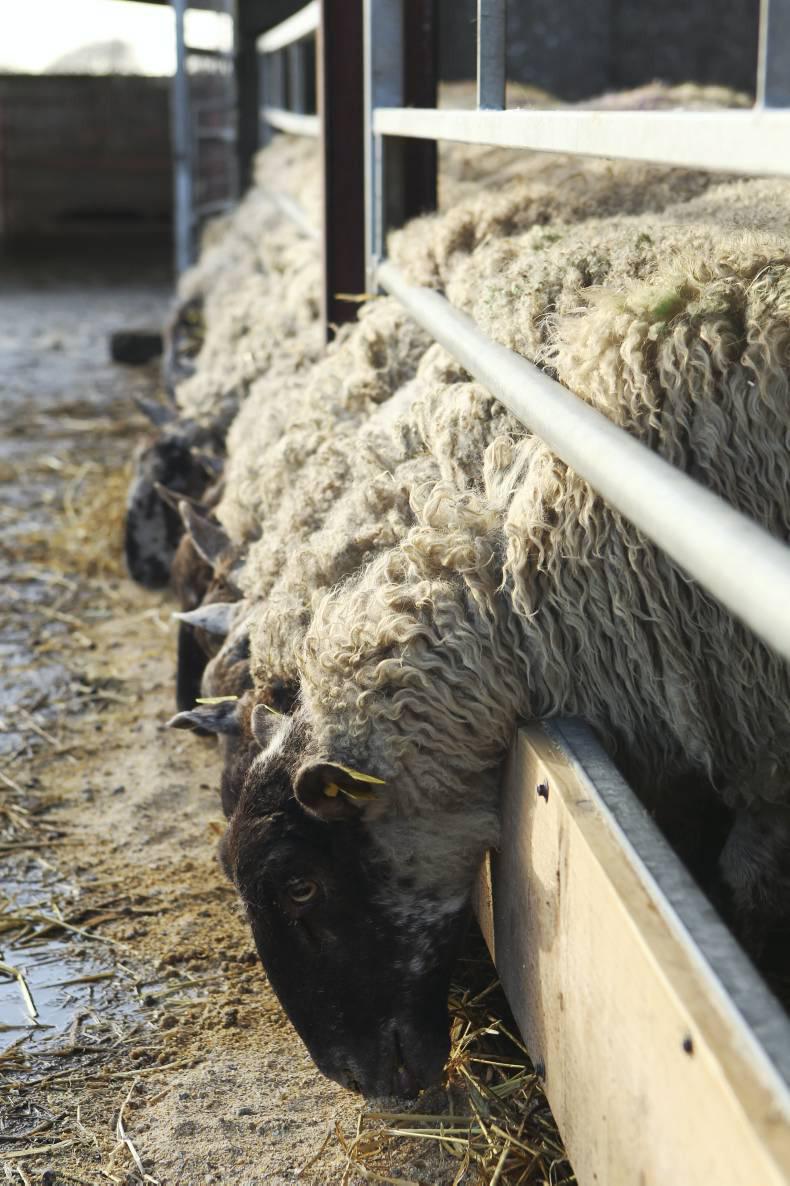Twin lamb disease is a metabolic condition of sheep in late pregnancy where the nutritional demands on the lambs in the womb and ewe maintenance requirements exceed the dietary intake of energy by the ewe.
What happens?
In an effort to supply the nutritional requirements of the lambs in the face of inadequate energy intake, the ewe mobilises fat reserves. The fat is broken down to ketones. Ewes are normally affected in the last three weeks of pregnancy. The effects of these ketones include depression, lack of appetite, weakness, staggering, recumbency, apparent blindness, coma and death. Affected sheep have a sweet smell off their breaths. The prognosis for advanced cases is very poor and this is a condition that can be controlled by good dietary management.
Predisposing factors
Ewes carrying two or more lambs are more susceptible than ewes carrying singles. The condition is directly related to dietary energy intake and ewes on poorer-quality forages are at greatest risk. Wet silage is a predisposing factor, as the higher water content reduces the energy density of the feed.
Concurrent parasitic infestations (worms, liver fluke or rumen fluke) reduce the availability of nutrients in the diet and make ewes more susceptible to twin lamb disease. Similarly, lameness or poor teeth suppress dietary intake and predispose to twin lamb disease.
The heavy rain and flooding in areas with sheep over the last few months has meant that ewes at pasture are likely to go into negative energy balance and develop twin lamb disease.
Paradoxically, over-conditioned ewes (BCS of >4) have diminished appetites and their fat reserves are more easily mobilised, again making them more susceptible to the condition.
Treatment
The principal method of treatment is the oral administration of glycerol or propylene glycol two to three times per day. In more severe cases, intravenous dextrose or glucose may be administered, but the prognosis in such cases is generally poor. In late pregnancy, ewes may be induced to lamb to reduce the metabolic demands on the ewe.
Prevention
This is a condition that can be avoided by good nutritional management, particularly in the last four to six weeks of pregnancy. Ewes should ideally have a condition score of three coming up to lambing, and this should be assessed at breeding and again mid-pregnancy to ensure the body condition targets are achieved. Ewes carrying twins and triplets, and thin ewes carrying singles, need supplementation.
A metabolic profile of ewes in late pregnancy, specifically looking at Beta hydroxybutyrate levels, will give a good indication of the nutritional status of ewes in late pregnancy, and indicate if any corrective action needs to be taken.
Hypocalcaemia (low blood calcium) and hypomagnesaemia (low blood magnesium) may be concurrent to twin lamb disease, so it would be wise to supplement magnesium to pregnant ewes.
Management factors can also act as triggers. Insufficient space for all ewes to eat comfortably is a high-risk factor in late pregnancy. Remember ewes carrying twin and triplet lambs gain significant bulk in late pregnancy. The stocking rate of pens should be reduced or extra troughs introduced if required.






 This is a subscriber-only article
This is a subscriber-only article










SHARING OPTIONS: